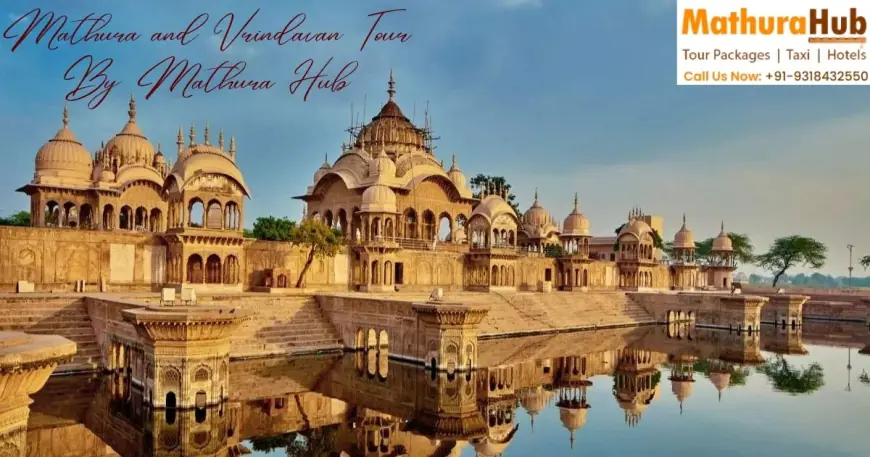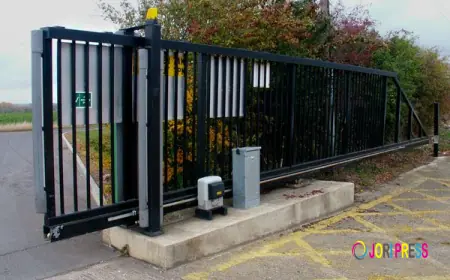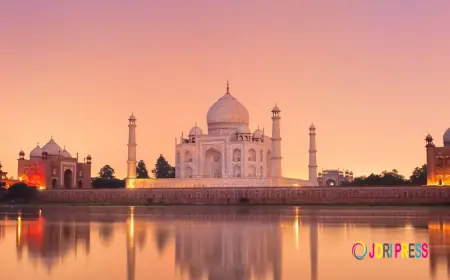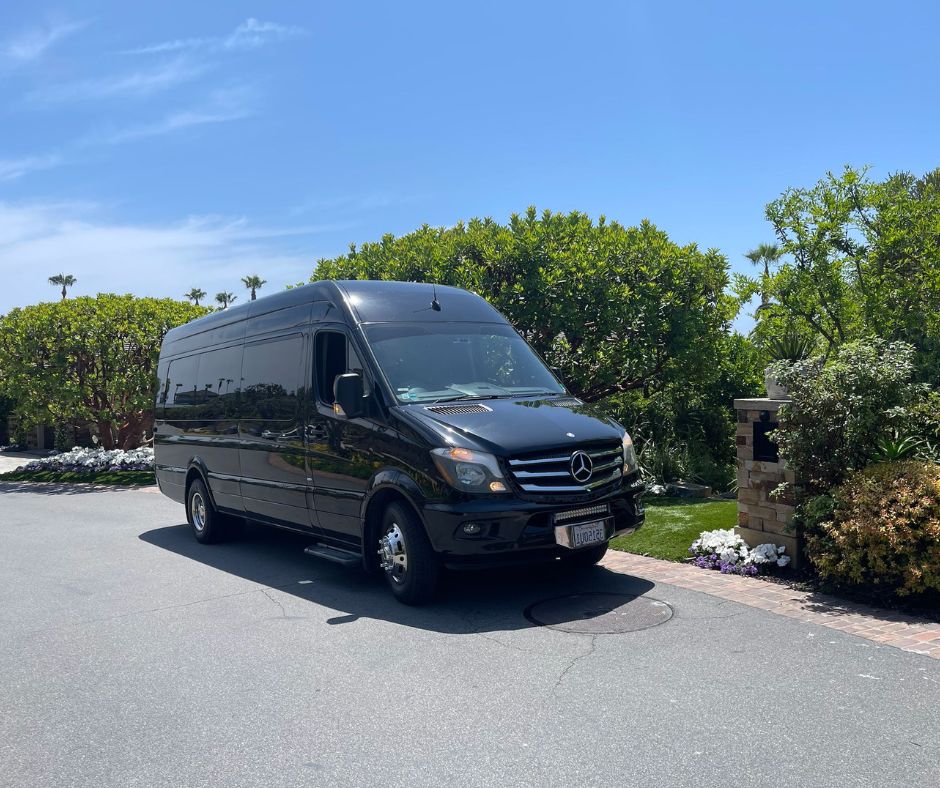Best Time to Visit Mathura and Vrindavan – Complete Seasonal & Festival Guide
Discover the best time for your Mathura and Vrindavan tour. Learn about ideal seasons, festivals like Holi & Janmashtami, and expert travel tips for your trip.

Why Timing Matters for Your Mathura and Vrindavan Tour
Planning a Mathura and Vrindavan tour is more than just booking a travel package—timing plays a key role in shaping your entire experience. Located in Uttar Pradesh, these twin holy cities, known as Braj Bhoomi, are deeply connected with the life and leelas (divine acts) of Lord Krishna. From colorful festivals to weather-friendly seasons, choosing the best time to visit can help you explore temples peacefully, attend grand celebrations, and avoid extreme temperatures or overcrowding.
Let’s dive into the best seasons, festivals, and travel tips to make your trip truly divine.
Season-Wise Travel Guide to Mathura and Vrindavan
? Winter (October to March) – Best Season to Visit
Why Go: Pleasant weather, ideal for sightseeing and temple visits.
Temperature: 8°C to 25°C
This is considered the best time for a Mathura and Vrindavan tour. The cool climate allows comfortable exploration of iconic sites like Prem Mandir, ISKCON Vrindavan, Krishna Janmabhoomi, and Govardhan Hill. Winter is also a perfect time for Govardhan Parikrama and walking around holy sites like Radha Kund and Seva Kunj.
✅ Ideal for: Family tours, senior citizens, school holidays, and spiritual retreats.
? Summer (April to June) – Hot but Manageable
Why Go: Fewer crowds and budget deals
Temperature: 30°C to 45°C
Summers can be hot, especially in May and June. However, if you're planning an off-season trip, this time offers cheaper hotel rates and fewer crowds. Visit temples early in the morning or late evening. Don't miss Chandan Yatra, a unique summer festival where deities are covered in sandalwood paste to beat the heat.
⚠️ Tip: Carry light cotton clothes, water bottles, and sunscreen.
?️ Monsoon (July to September) – Lush but Humid
Why Go: Lush green surroundings and spiritual atmosphere
Temperature: 25°C to 35°C
Monsoon breathes freshness into Braj Bhoomi. It’s a magical time when nature revives and temples host soulful kirtans. However, heavy rain can disrupt travel plans, especially in narrow lanes of Vrindavan. Still, it's the ideal season for photographers and those who want to witness Radha and Krishna’s monsoon leelas.
✅ Festive Bonus: Hariyali Teej and Jhulan Yatra are celebrated with swings, flower decorations, and songs in Vrindavan temples.
Top Festivals to Witness During Your Mathura and Vrindavan Tour
Festivals in Mathura and Vrindavan are not just rituals—they're experiences full of devotion, music, and divine energy. Here are the must-see ones:
? Holi – The Festival of Colors
When: February/March (Full Moon of Phalguna)
Why It’s Special: Holi in Vrindavan and Barsana is a once-in-a-lifetime experience. Events like Lathmar Holi, Phoolon Wali Holi, and Widow’s Holi attract thousands of devotees and tourists globally.
? Pro Tip: Book accommodations at least 2 months in advance.
? Janmashtami – Birth of Lord Krishna
When: August
Why It’s Special: Celebrated with grandeur at Krishna Janmabhoomi Temple in Mathura and Banke Bihari Temple in Vrindavan. Temples are illuminated, and the entire city echoes with bhajans and Krishna’s childhood stories.
✅ Don’t miss the midnight Krishna birth celebration and Rasa Lila performances.
? Radhashtami – Birth of Radha Rani
When: 15 days after Janmashtami
Why It’s Special: Celebrated mainly in Barsana, Radha’s birthplace, with palna (cradle) ceremonies, singing, and flower showers.
⚠️ Insider Tip: Travel to Barsana early to avoid traffic and temple rush.
Off-Season vs Peak Season – What Should You Choose?
| Season | Advantages | Disadvantages |
|---|---|---|
| Peak (Oct–March) | Comfortable weather, major festivals, better ambiance | Crowds, higher prices |
| Off-Season (April–Sept) | Fewer tourists, lower costs, local vibes | Heat, humidity, limited access during rains |
✔️ If you love crowds and festivals – choose peak season.
✔️ If you prefer calm and savings – go for the off-season but plan early mornings.
Ideal Duration of Stay Based on Season
-
Winter/Festival Season: 2–3 days minimum to cover major temples and festivals
-
Summer/Off-season: 1–2 days with focus on indoor darshan and rest
-
Monsoon: 2 days to enjoy scenic beauty and short temple visits
✍️ Combine your trip with nearby places like Gokul, Barsana, and Nandgaon for a more complete Braj circuit.
Local Tips for a Comfortable Mathura and Vrindavan Tour
-
Always wear modest clothing inside temples
-
Footwear is not allowed in many areas – wear easy-to-remove shoes
-
Use local guides for authentic experiences
-
Try local sweets like peda and Vrindavan's thali food
-
Stay close to Banke Bihari Road or Chhatikara for easier access
-
Avoid private vehicle use in Vrindavan streets – opt for e-rickshaws or walk
Conclusion: Plan Your Mathura and Vrindavan Tour at the Right Time
Timing your Mathura and Vrindavan tour right can turn a good trip into a soul-touching spiritual journey. Whether you want to feel the energy of Holi, witness Krishna’s birth during Janmashtami, or just enjoy a peaceful darshan, there’s a perfect season waiting for you. Align your travel with the weather, crowd levels, and festivals for the best experience.
? Ready to experience the divine land of Krishna?
? Book your customized Mathura and Vrindavan tour package with Mathura Hub today.
What's Your Reaction?
 Like
0
Like
0
 Dislike
0
Dislike
0
 Love
0
Love
0
 Funny
0
Funny
0
 Angry
0
Angry
0
 Sad
0
Sad
0
 Wow
0
Wow
0


















































